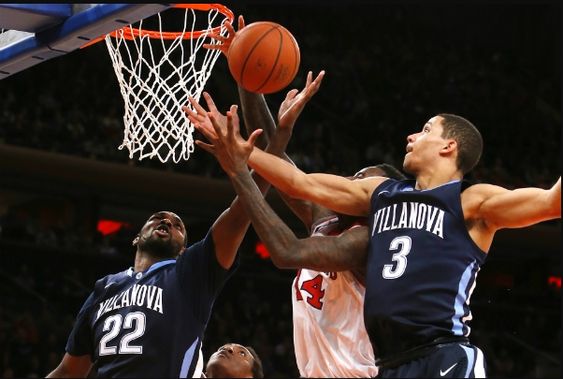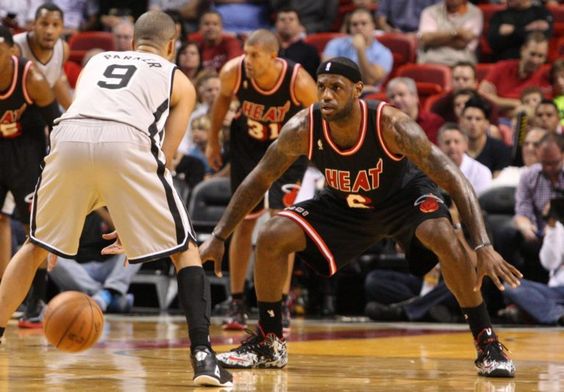What is a Turnover in Basketball
In the realm of basketball, where every possession counts, turnovers play a crucial role in shaping the outcome of games. Understanding what constitutes a turnover, why they happen, and their impact on teams and players is fundamental to grasping the intricacies of this dynamic sport.
What is a Turnover?
A turnover in basketball occurs when a team loses possession of the ball to the opposing team without attempting a field goal. This can happen due to various infractions or mistakes made during gameplay. For more interesting information visit our website theopenmap.ca
Types of Turnovers
Turnovers come in different forms, from traveling violations to offensive fouls and errant passes. Each type disrupts the flow of the game and presents opportunities for the opposing team.
Statistics and Analysis
Tracking turnovers through statistics provides valuable insights into team performance and player efficiency. Coaches and analysts use these metrics to devise strategies and improve overall gameplay.
Causes of Turnovers
Turnovers can stem from defensive pressure, miscommunication, or errors in decision-making. Identifying these causes helps teams address weaknesses and minimize mistakes.
Preventing Turnovers
Players can reduce turnovers by honing their skills and making better decisions under pressure. Coaches play a pivotal role in training players to handle the ball effectively and limit turnovers.
Famous Turnovers in Basketball History
Certain turnovers have left an indelible mark on basketball history, altering the course of games and defining careers. These moments highlight the unpredictable nature of the sport.
Turnovers and Team Performance
The frequency and impact of turnovers directly influence a team’s success on the court. Teams with lower turnover rates often have better chances of securing victories.

Turnovers in Different Levels of Basketball
Turnover rates can vary significantly between amateur leagues, collegiate competitions, and professional basketball. Understanding these differences helps contextualize turnover trends.
Strategies to Force Turnovers
Defensive strategies such as full-court presses and trapping techniques are designed to force opponents into making turnovers. Successful execution can swing momentum in favor of the defensive team.
The Psychological Impact of Turnovers
Experiencing turnovers can affect players’ confidence and mindset during games. Overcoming these challenges is crucial for maintaining peak performance throughout the season.
Conclusion
Turnovers are not merely statistical blips in basketball games; they are pivotal moments that can decide outcomes and shape legacies. By appreciating their significance and understanding how to minimize their occurrence, players and teams can elevate their performance on the court.
FAQs
1. What are the most common types of turnovers in basketball?
In basketball, turnovers can occur due to various infractions or mistakes. Common types include traveling violations (moving without dribbling), offensive fouls (illegal screens or charges), and errant passes that are intercepted by the opposing team.
2. How do turnovers impact a team’s performance?
Turnovers disrupt offensive momentum and give the opposing team opportunities to score. They can lead to fast-break points and swing momentum in favor of the opponent. Teams with lower turnover rates generally have better control of the game and higher chances of winning.
3. What strategies can teams use to reduce turnovers?
Teams can minimize turnovers by improving ball-handling skills, enhancing communication on the court, and making better decisions under defensive pressure. Coaches play a crucial role in training players to handle the ball effectively and execute plays with minimal errors.
4. Can turnovers affect a player’s confidence and performance?
Yes, experiencing turnovers can affect a player’s confidence and mindset during games. Frustration from turnovers may lead to decreased performance if not managed properly. Overcoming these challenges is essential for players to maintain focus and contribute effectively to their team.
5. How do turnovers differ across different levels of basketball?
Turnover rates vary significantly between amateur, collegiate, and professional basketball leagues. Higher levels of competition often feature more intense defensive pressure and faster-paced gameplay, which can lead to higher turnover rates compared to lower levels. Understanding these differences helps teams and players adjust their strategies accordingly.






